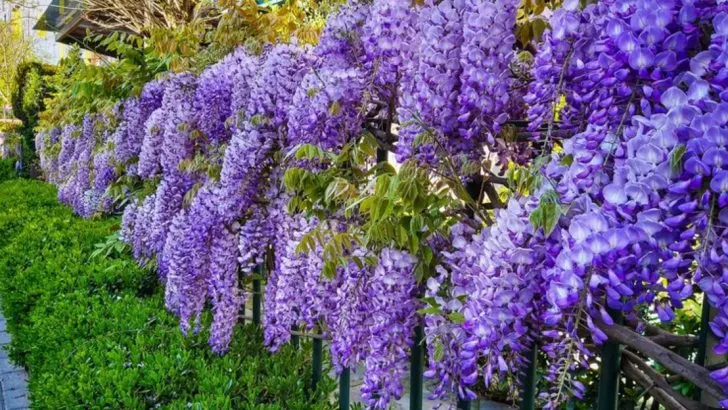Many beautiful flowers can enhance a garden’s aesthetic, but some are surprisingly invasive, spreading rapidly and overpowering native plants. These invasive species can disrupt local ecosystems and lead to significant challenges for gardeners. Here’s a look at 20 stunning flowers that are known for their invasive tendencies, along with tips on how to manage their growth and keep them in check in your garden. By staying informed, you can enjoy the beauty of these flowers while minimizing their impact on your local environment!
Morning Glory
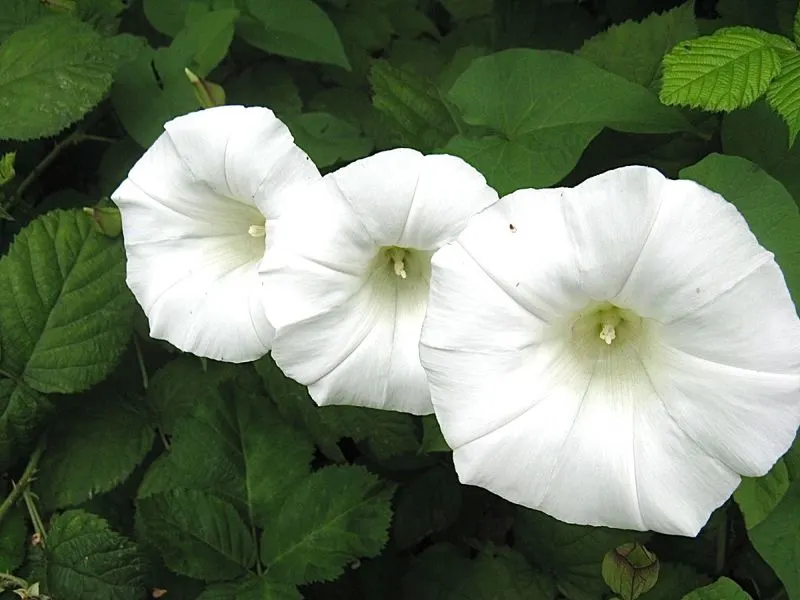
The Morning Glory, with its vibrant, trumpet-shaped blooms, can easily enchant any gardener. Yet, its fast-growing vines have a knack for overtaking other plants. Often found clinging to fences or trellises, this flower can quickly spiral out of control.
Those delightful blooms hide a tenacious nature. In warmer climates, it can become a perennial pest, smothering everything in its path. Regular trimming and strategic planting can help keep it in check.
Despite its invasiveness, many still adore its beauty. However, it requires diligent care to prevent it from overwhelming your garden.
Purple Loosestrife
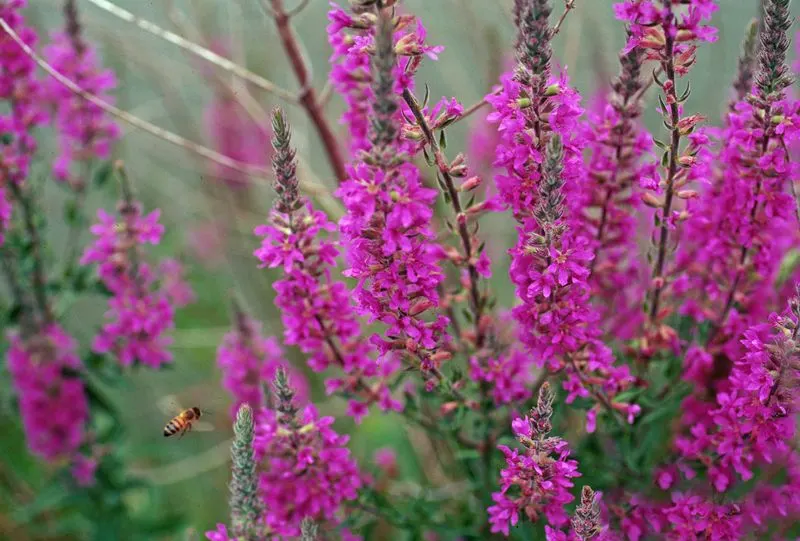
Purple Loosestrife stands tall with spikes of magenta flowers, making any meadow look picturesque. However, its ability to spread rapidly poses a threat to wetlands, pushing out native species.
In wetland areas, its roots dig deep, making removal challenging. Gardeners need to be cautious, as it can easily escape garden confines and take over natural habitats.
Strategic planting away from vulnerable ecosystems and regular monitoring can mitigate its spread. Though undeniably beautiful, it’s essential to control its growth to protect native biodiversity.
Japanese Honeysuckle
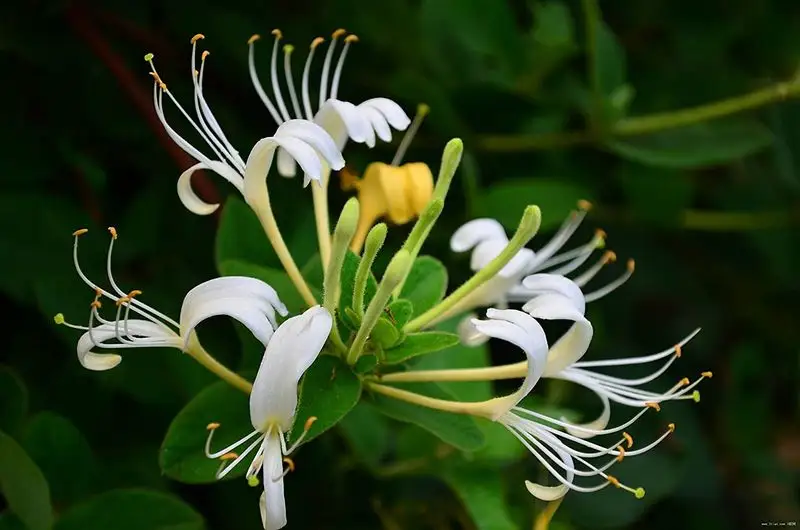
The sweet scent of Japanese Honeysuckle is hard to resist. Its fragrant white and yellow blooms attract many admirers, yet its vigorous growth can overshadow other plants.
This climber wraps tightly around trees and shrubs, often strangling the life out of them. It thrives in various conditions, making it a persistent challenge for gardeners.
To manage its spread, regular pruning and root monitoring are crucial. Though its aroma and flowers are enchanting, unchecked growth can lead to significant ecological disruptions.
English Ivy
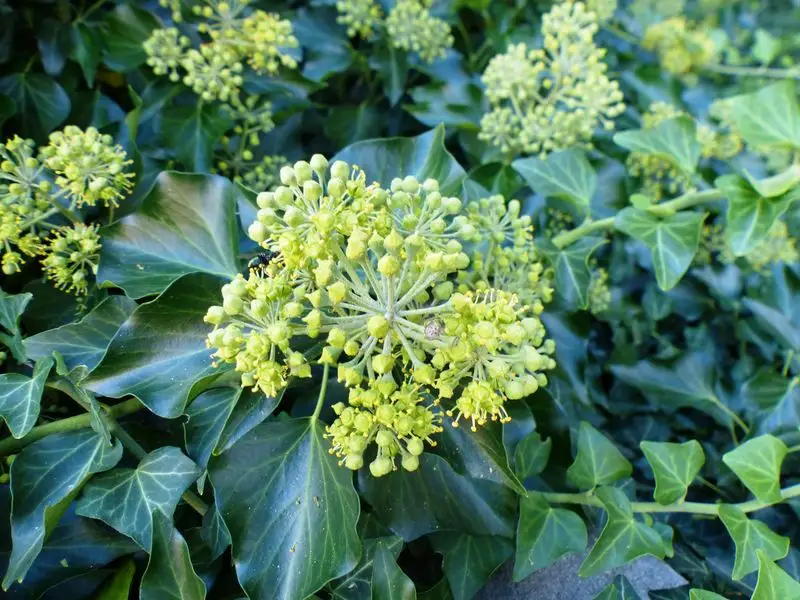
English Ivy is often seen adorning old buildings, giving them a timeless charm. Its evergreen leaves make it a favorite for aesthetics, yet this tenacious climber can damage structures.
When left unchecked, it can invade walls, roofs, and trees, leading to structural issues. Its thick covering also prevents native plants from accessing sunlight and essential nutrients.
Regular pruning and careful monitoring can contain its spread. While it offers a classic look, responsible management is key to preventing its invasive tendencies.
Creeping Jenny
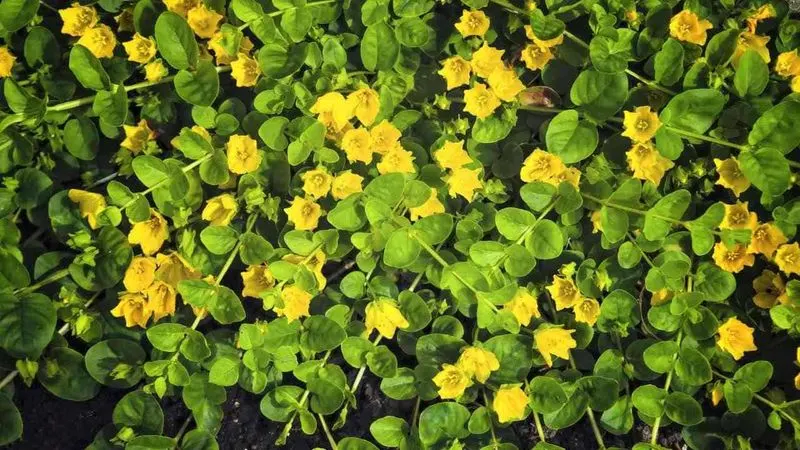
Creeping Jenny, with its bright golden leaves, adds a splash of color to gardens. Its low-lying nature makes it ideal for ground cover, but it can easily take over other plantings.
This plant spreads quickly, forming dense mats that smother nearby flora. It’s best suited for controlled environments like containers where its growth can be restricted.
To manage its spread, gardeners should regularly trim and monitor its growth. While its cheerful hue is appealing, it requires boundaries to prevent it from dominating the garden space.
Yellow Archangel

Yellow Archangel is often praised for its silvery foliage and bright yellow flowers, making it a popular choice for shady areas. However, its rapid spread can quickly become problematic.
In woodland settings, it blankets the forest floor, outcompeting native plants for resources. This can lead to significant biodiversity loss if not managed properly.
Regular cutting back and vigilant monitoring are essential to control its spread. While it illuminates dark corners with its beauty, responsible planting and maintenance are vital.
Periwinkle
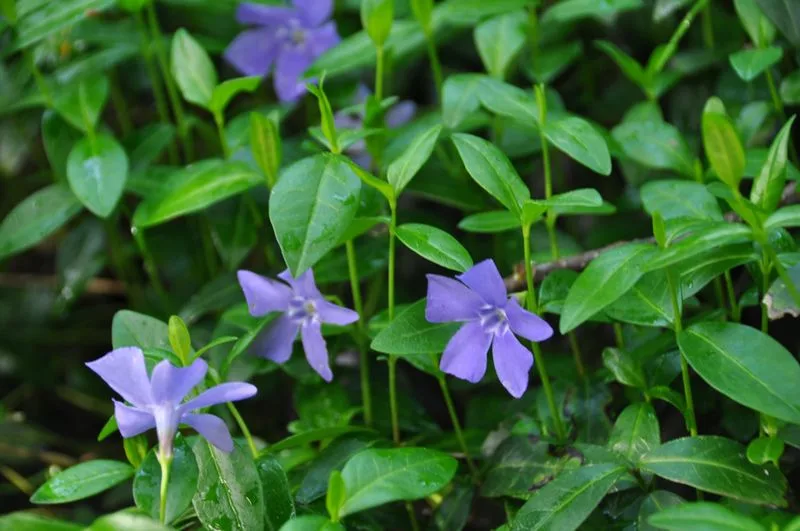
Periwinkle, known for its vibrant purple-blue flowers, is a staple in many gardens. Its ability to thrive in shade makes it appealing, yet it can escape cultivation easily.
This ground cover can quickly lead to the exclusion of native plants, as it forms dense mats that prevent other species from flourishing. It’s particularly invasive in forested areas.
Maintaining its appeal requires regular control measures. Limiting its growth in confined spaces and routine pruning can help preserve native ecosystems while enjoying its beauty.
Bishop’s Weed
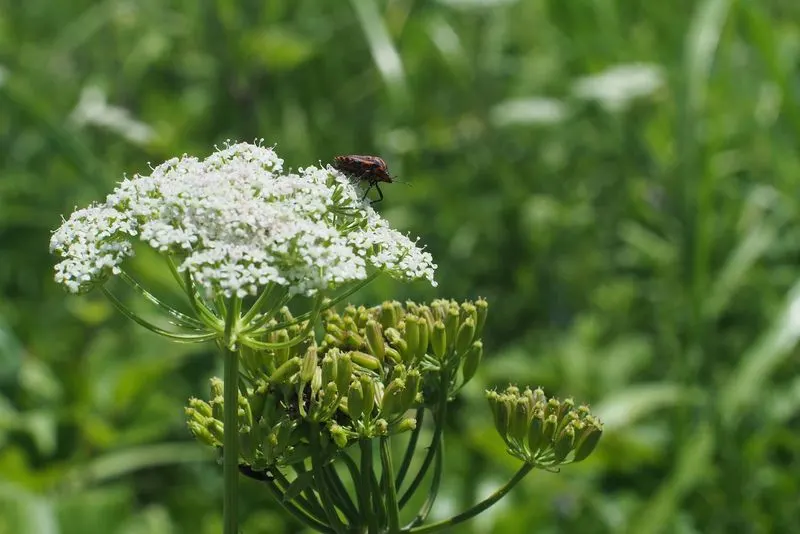
Bishop’s Weed, with its delicate lace-like flowers, can be a charming addition to gardens. However, its aggressive spreading nature can choke out other plantings.
Once established, it’s notoriously difficult to eradicate, as it sends out extensive underground roots. It’s best planted in contained areas to prevent unwanted spread.
Regularly removing its shoots and keeping it confined can manage its growth. While its appearance is captivating, it demands careful attention to prevent it from overrunning garden spaces.
Butterfly Bush
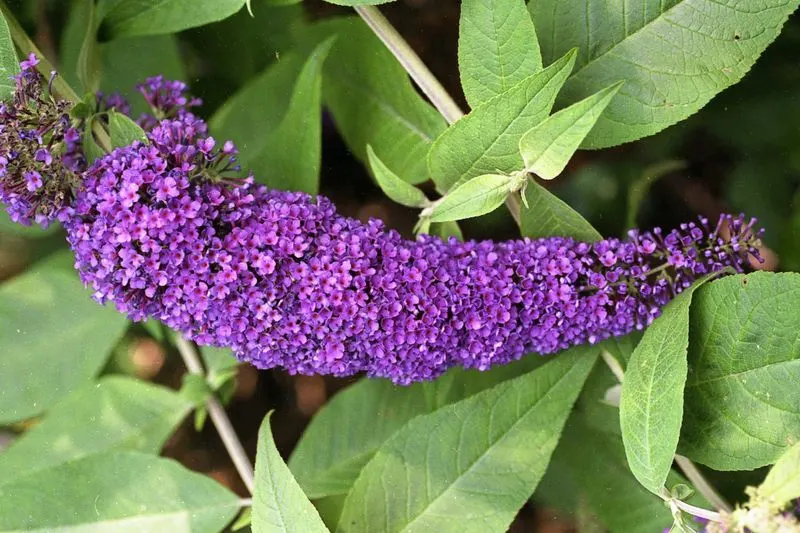
Butterfly Bush attracts numerous pollinators with its fragrant, colorful blooms. While a magnet for butterflies, it can become a dominant force in gardens.
This shrub grows vigorously, often outcompeting native flora. Its seeds can travel far, leading to rapid colonization of new areas, particularly in warmer climates.
To maintain ecological balance, deadheading flowers and controlling seed spread are crucial. While it adds life and movement to gardens, its growth needs to be managed diligently.
Lily of the Valley
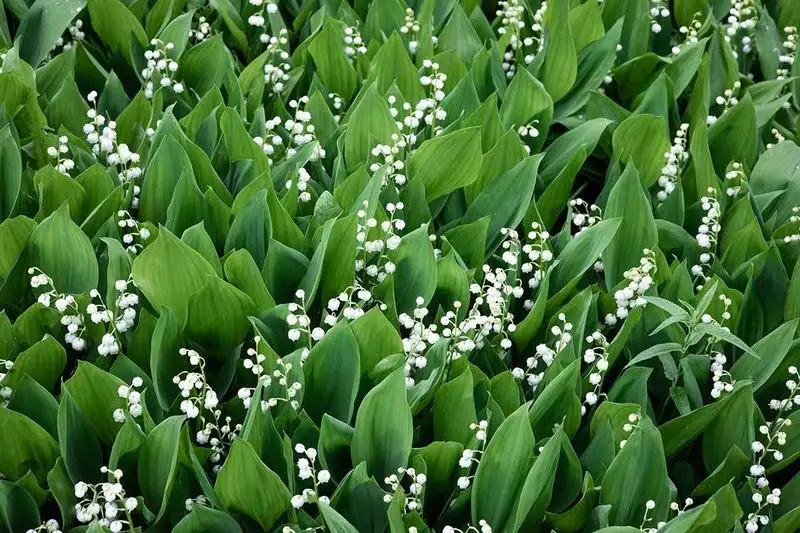
Lily of the Valley, with its sweet fragrance and dainty white bells, is often associated with innocence and purity. Yet, it harbors an aggressive side.
Thriving in shaded areas, it can form dense colonies, suppressing other plants. Its rhizomes enable it to spread rapidly, making containment challenging.
Maintaining its charm requires regular division and vigilant monitoring. While it evokes nostalgia and beauty, it’s essential to manage its invasiveness to protect garden diversity.
Giant Hogweed
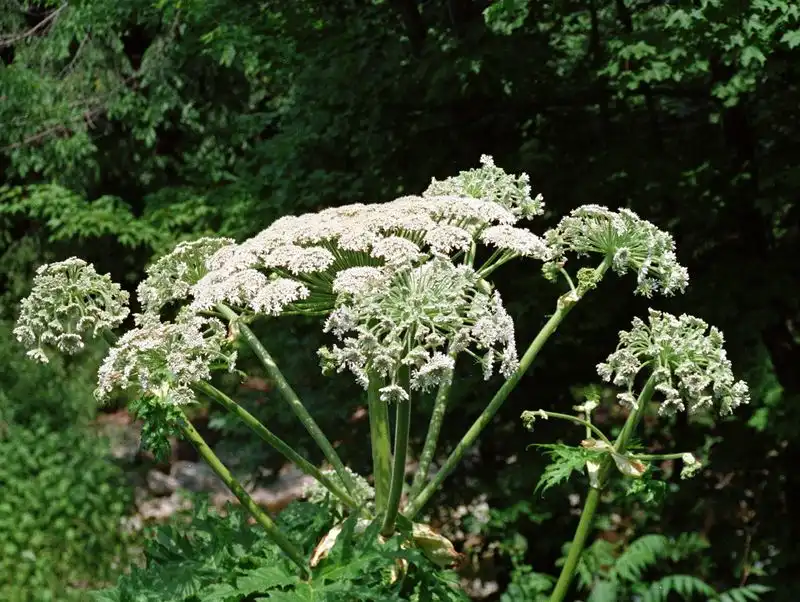
Giant Hogweed, with its towering height and large white flowers, can seem majestic. However, its invasive nature and harmful sap are concerning.
Capable of growing over 14 feet tall, it overshadows native plants, reducing biodiversity. Contact with its sap can cause severe skin reactions, posing a risk to humans and animals.
Eradication requires protective gear and persistence, as it spreads rapidly. While it might impress with its size, its dangers and invasiveness make it a significant challenge to manage.
Crown Vetch

Crown Vetch, with its lush green foliage and pink flowers, is often used for erosion control. Its vigorous growth can quickly lead to domination over native species.
Spreading by rhizomes and seeds, it blankets large areas, making it difficult for other plants to thrive. It’s essential to monitor its growth closely to prevent ecological imbalance.
Containing its spread requires strategic planting in isolated areas. While it’s effective for soil stabilization, its invasive nature demands careful management to avoid environmental disruptions.
Wisteria
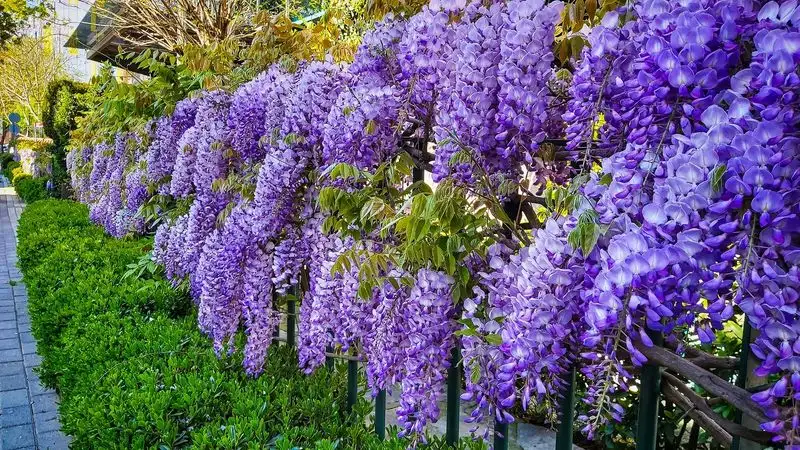
Wisteria is famous for its breathtaking, cascading purple flowers. Yet, beneath this beauty lies its potential for destruction.
The vines grow rapidly, often overtaking structures, trees, and shrubs, leading to structural damage. Its aggressive roots can also interfere with underground utilities.
Regular pruning and structural support can help manage its growth. While its blossoms are enchanting, responsible cultivation is essential to prevent it from causing harm.
Himalayan Balsam
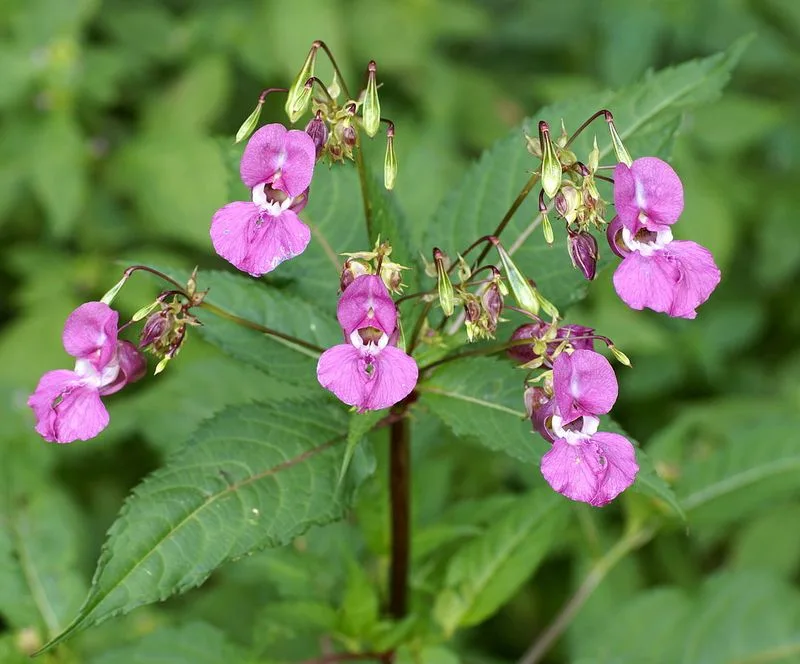
Himalayan Balsam, adorned with pink flowers, can seem like a charming addition to riverbanks. However, its rapid growth spells trouble for native plants.
This annual can reach heights of up to 6 feet, overshadowing other vegetation. Its explosive seed dispersal ensures quick colonization of new areas.
Eradication efforts involve cutting before seeding and managing seed output. While visually appealing, its ability to spread rapidly requires careful monitoring and control.
Garlic Mustard
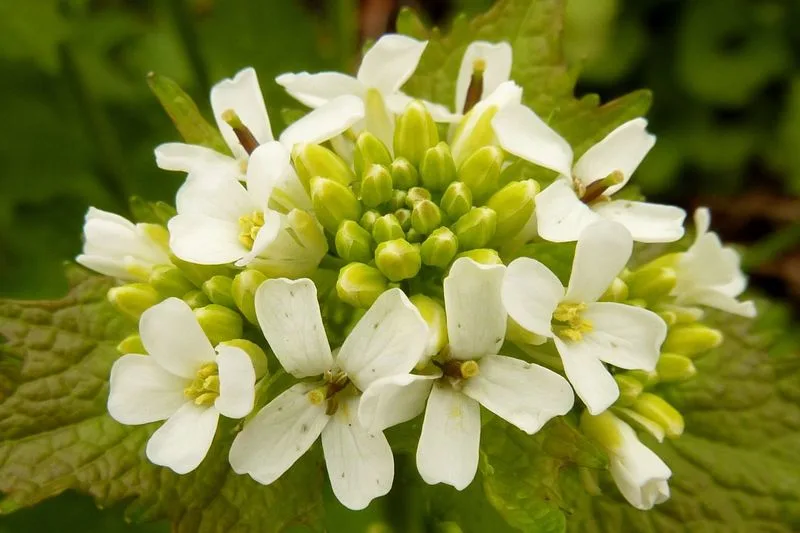
Garlic Mustard, with its white flowers and garlicky scent, can quickly become a problematic invader. Found in forests and along roadsides, it displaces native flora efficiently.
Its seeds spread easily, allowing it to form dense stands. This can lead to reduced biodiversity and the alteration of natural ecosystems.
Effective management includes removing plants before they set seed and regularly monitoring infested areas. Despite its culinary potential, its invasive tendencies require diligent control.
Bamboo
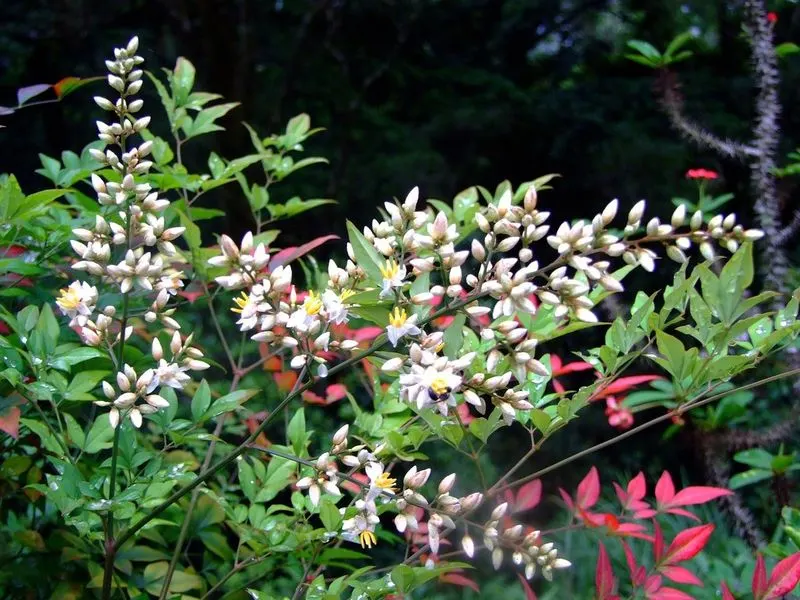
Bamboo captivates with its tall, graceful stalks and serene appearance. Yet, its rapid growth can become unmanageable, invading landscapes.
Once established, bamboo spreads through underground rhizomes, making containment a challenge. Its ability to overrun areas can disrupt local ecosystems.
Managing bamboo involves installing barriers and regular pruning. While it offers an exotic touch to gardens, its invasiveness requires careful oversight to prevent unwanted spread.
Japanese Knotweed
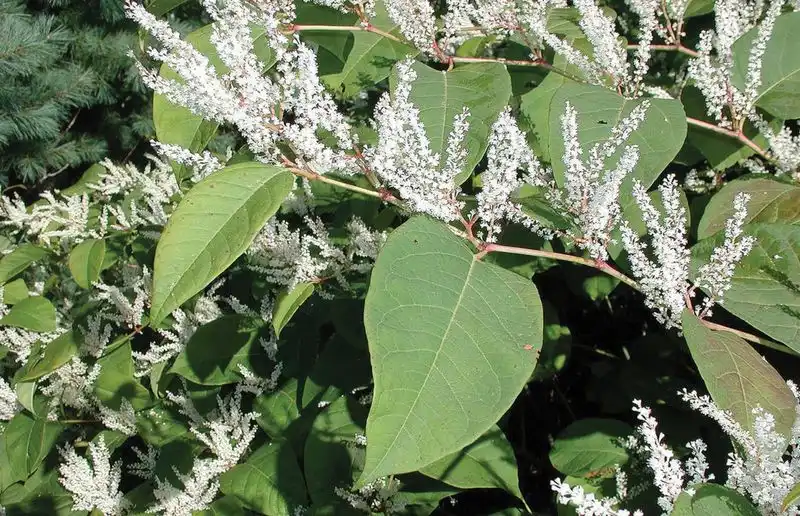
Japanese Knotweed, with its heart-shaped leaves, can easily deceive one with its charm. Its robust growth can lead to significant ecological and structural issues.
Commonly found along waterways and roadsides, it forms impenetrable thickets that crowd out native vegetation. Its root system can also damage foundations and infrastructure.
Controlling its spread involves cutting and herbicide application. While it may appear attractive, its invasiveness poses serious challenges for both natural and urban environments.
Buddleia
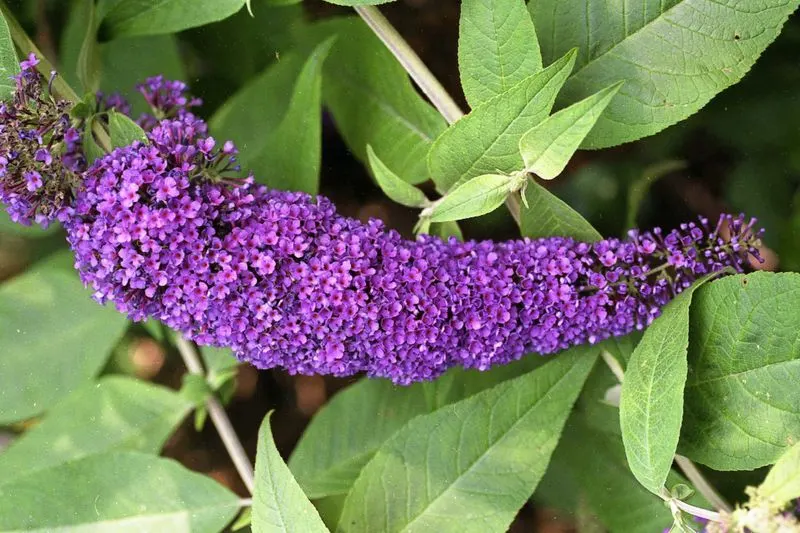
Buddleia, often called the butterfly bush, is famed for attracting pollinators. However, it grows aggressively, often outcompeting native plants.
Its seeds travel easily, colonizing disturbed areas quickly. This can lead to reduced biodiversity and the displacement of native species.
Maintaining balance involves deadheading flowers and monitoring seed distribution. While it adds vibrancy to gardens, its invasive nature requires careful management to protect local ecosystems.
Water Hyacinth
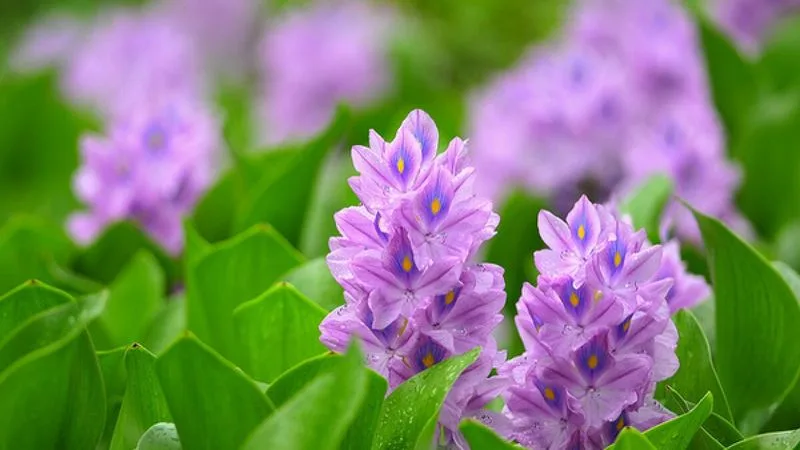
Water Hyacinth dazzles with its glossy leaves and purple flowers floating on water surfaces. Despite its beauty, its rapid growth can clog waterways.
This aquatic plant forms dense mats, obstructing sunlight and depleting oxygen levels for aquatic life. Its spread can lead to ecological imbalance in water bodies.
Effective control involves regular removal and monitoring water quality. While it’s visually stunning on ponds, unchecked growth can disrupt aquatic ecosystems significantly.
Mimosa Tree
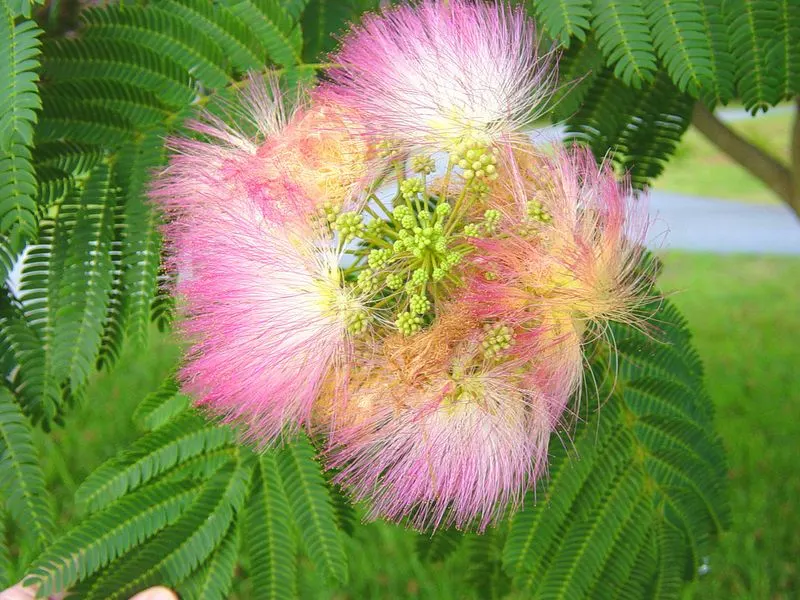
The Mimosa Tree, with its feathery pink flowers and delicate leaves, exudes elegance. Yet, its invasive roots and prolific seed production pose a challenge.
It establishes rapidly, often crowding out native species and altering habitats. Its ability to thrive in various environments makes it particularly troublesome.
Regular pruning and seed control are essential to manage its growth. While its blossoms are captivating, careful cultivation is necessary to prevent ecological disruptions.
Chinese Wisteria
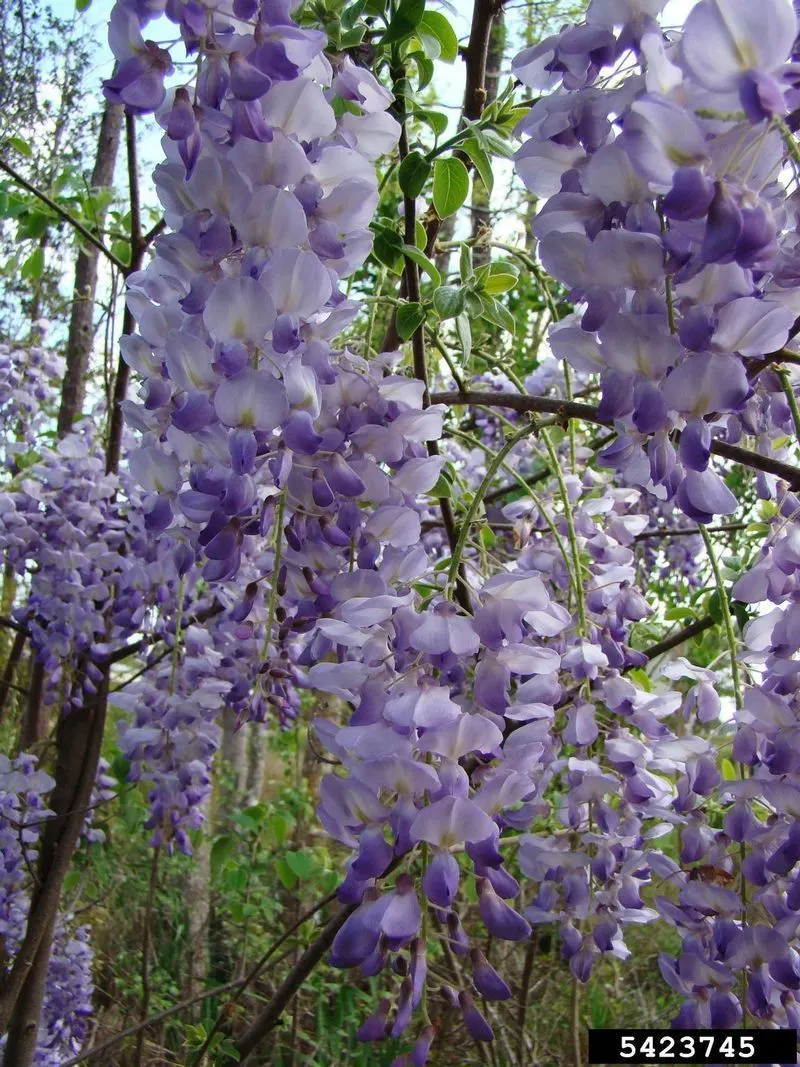
Chinese Wisteria enchants with its cascading clusters of lavender flowers. Yet, its vigorous growth can overwhelm structures and native plants.
The vines climb aggressively, often leading to structural damage in gardens and homes. It’s critical to provide support and regular pruning to contain its spread.
While its floral display is breathtaking, responsible planting and maintenance are vital to prevent it from becoming a menacing invader.

